- Sit the students in a semicircle at the unshaded sandpit.
- Read Big Rain Coming aloud, emphasising how hot it is before the rain.
- Explicitly explain: Not every place in remote areas has air-conditioning, and the people who live there rely on rain to help cool their environment.
- Do the experiment:
- Observe and feel the dry sand to understand drought conditions. If the sandpit is unshaded and warm, it will enhance the experience.
- Walk around the semicircle and pour water onto the students’ hands, symbolising rain, before letting it drip onto the sand.
- Examine their wet hands and the sand to observe how the temperature changes after rainfall.
- Discuss
- How do your hands feel?
- What happens to the sand when it rains?
- What is the condition of the sand without water?
- Who will be happy when it rains? Why?
- Guide students with safety rules to explore the changes in temperature of their hands and the sand before and after the ‘rain.’
- Reflect on the story Big Rain Coming:
- Why was everyone waiting for the rain?
Rain in the Desert

The Book
Big Rain Coming
Written by Katrina Germein, illustrated by Bronwyn Bancroft, published by Picture Puffin
Big Rain Coming by Katrina Germein is a beautifully written and atmospheric story that captures the anticipation of rainfall in a remote Australian Indigenous community. Throughout the week, the land remains dry, and the people wait patiently for the relief that the rain will bring. The book helps students explore observable weather changes and how they impact the environment and daily life (ACSSU004 – Foundation Year; AC9S1U02 – Year 1, Science). It also help kids compare and recognise the extensive knowledges of daily and seasonal changes in weather patterns and landscape held by First Nations Australians.
The timely, predictable text encourages children to recognise and describe the sequence of the days of the week, supporting their understanding of time (ACMMG007, AC9MFM02 – Foundation Year, Mathematics). With its rich language and evocative illustrations, Big Rain Coming fosters curiosity about weather patterns and seasonal changes while promoting discussions about patience, resilience, and connection to the land.
Resource creator
Lian Khanh
Subject
Level
Description
Students will explore how rain transforms the land in remote Indigenous communities by observing the effects of water on dry sand. Through sensory play and discussion, they will connect the story Big Rain Coming to real-life experiences of drought and rainfall.
Learning Intentions
• We are learning about the importance of rain for people, animals, and the environment in the outback of Australia.
Successful Criteria
✔ I can describe how the sand and my hands feel after they get wet (i.e., it’s nice and cool).
✔ I can explain why rain is important for people, animals, and the land in remote areas (i.e., when it’s cool, people don’t have to sleep outside, dogs don’t have to burrow into holes, and kids can dance in the rain or swim in refreshing billabongs after school).
Curriculum Alignment
AC9S1I02 9.0 (Science Year 1): Suggest and follow safe procedures to investigate questions and test predictions
• suggesting ways to conduct investigations safely, including being sun safe, using age-appropriate equipment such as plastic goggles and aprons, or following teacher instructions promptly
• following steps in a guided investigation to determine how different objects move when pushed or pulled
• following steps in a guided investigation to determine how different objects move when pushed or pulled
• suggesting steps for setting up and packing away equipment
AC9S1I03 9.0 (Science Year 1): Make and record observations, including informal measurements, using digital tools as appropriate
• exploring what an observation is, and different ways to make observations through guided discussion
• counting and using informal measurements such as cups, handspans, walking paces, blocks, pencil lengths or lengths of string
• making suggestions about types of measurements that may be made during an investigation, including using blocks to measure plant growth or paces to measure how far an object has moved
• recording observations through text, drawing, counts, informal measurements, digital photography or video
AC9S1U02 9.0 (Science Year 1): Describe daily and seasonal changes in the environment and explore how these changes affect everyday life
• making and recording observations of phenomena such as changes to weather, seasonal changes to plants such as colour or dropping of leaves, and growth of flowers or fruit
• noticing how daily weather indicators and seasonal patterns help us to make plans for activities in our daily lives
• investigating how seasonal changes affect plants and animals, including animals that hibernate and migrate
• investigating how changes in the weather affect plants and animals, including humans
• exploring how people make clothing choices using predictions of weather or knowledge of seasonal changes
• recognising the extensive knowledges of daily and seasonal changes in weather patterns and landscape held by First Nations Australians
• exploring how First Nations Australians’ concepts of time and weather patterns explain how things happen in the world around them
ACSIS011 8.4 (Science Foundation): Participate in guided investigations and make observations using the senses
• using sight, hearing, touch, taste and smell so that students can gather information about the world around them
ACSIS012 8.4 (Science Foundation): Share observations and ideas
• working in groups to describe what students have done and what they have found out
• communicating ideas through role play and drawing
ACSIS014 8.4 (Science Foundation): Pose and respond to questions about familiar objects and events
• considering questions relating to the home and school and objects used in everyday life
ACSIS233 8.4 (Science Foundation): Engage in discussions about observations and represent ideas
• taking part in informal and guided discussions relating to students’ observations
• using drawings to represent observations and ideas and discussing their representations with others
ACSSU004 8.4 (Science Foundation): Daily and seasonal changes in our environment affect everyday life
• learning how Aboriginal and Torres Strait Islander Peoples’ concepts of time and weather patterns explain how things happen in the world around them (OI.3, OI.5)
• linking the changes in the daily weather to the way we modify our behaviour and dress for different conditions, including examples from different cultures
• investigating how changes in the weather might affect animals such as pets, animals that hibernate, or migratory animals
Materials
- The book Big Rain Coming by Katrina Germein
- Water bottles with squirt-cap lids for the teacher and children
- An unshaded sandpit (for a better experience)
Instructions
Extensions
This book could be explored in line with The Rainy Day by Anna Milbourne about how rain affects our surrounding environment.




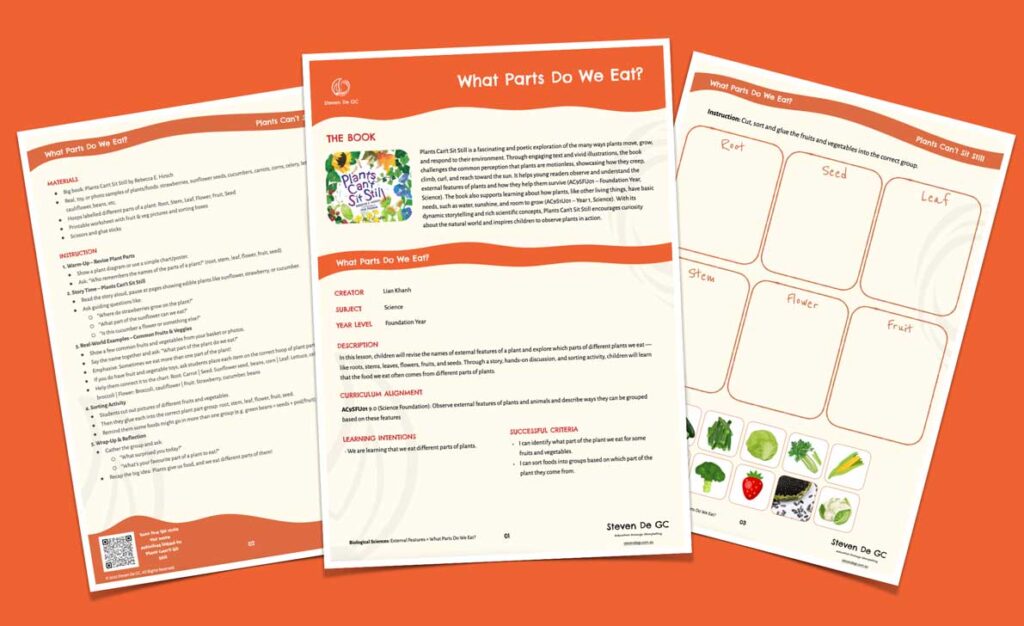
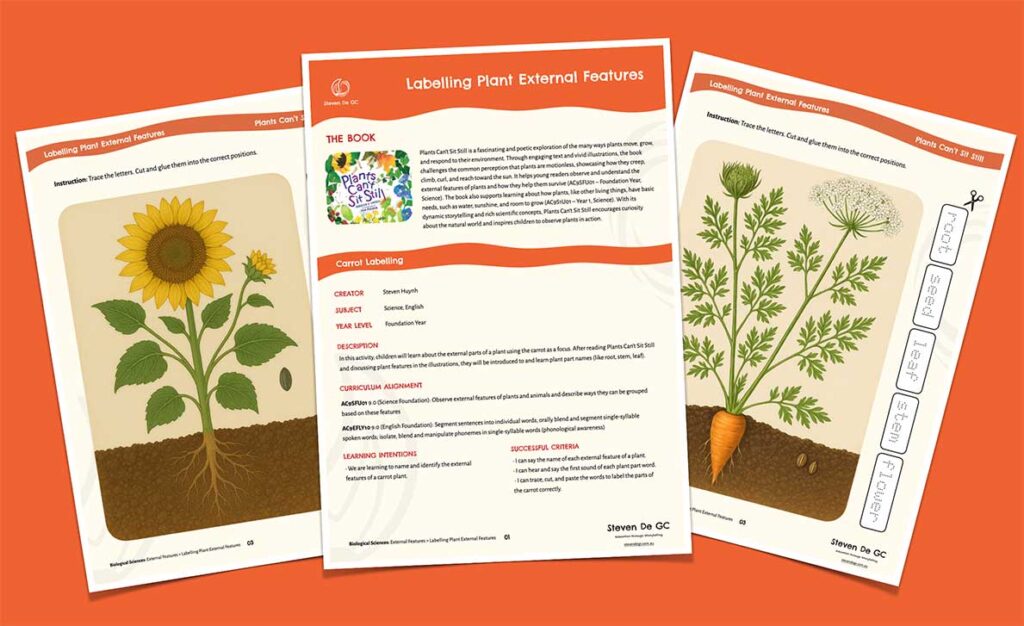
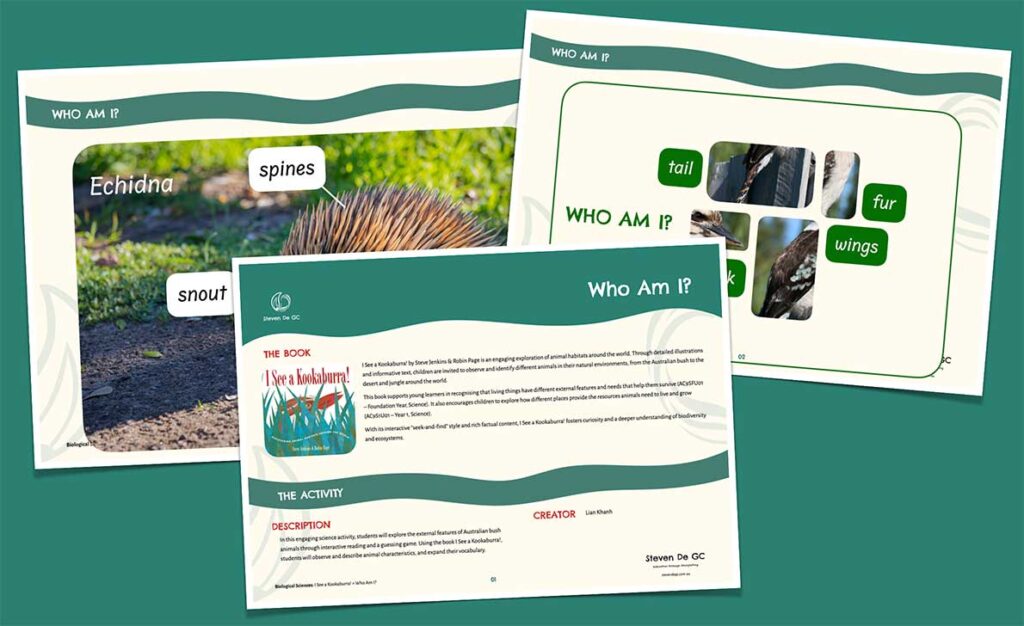

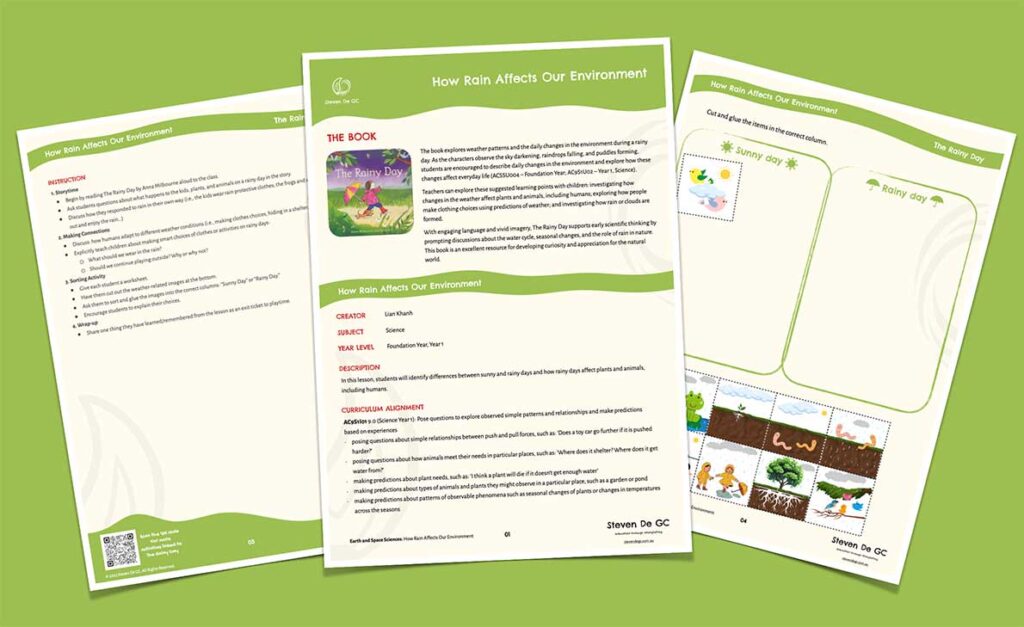

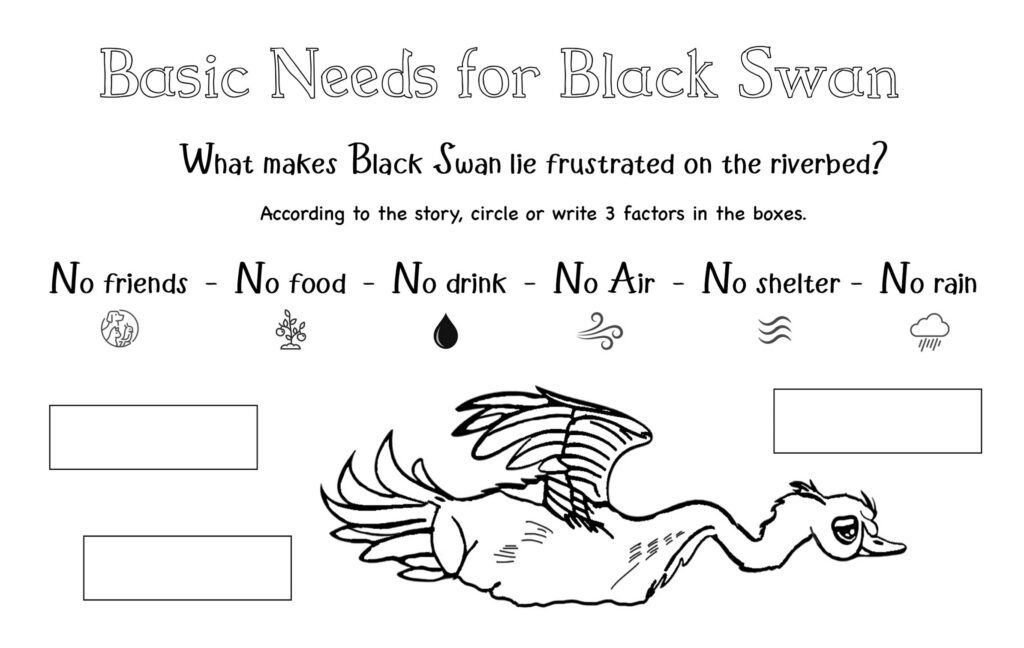
Leave a Reply